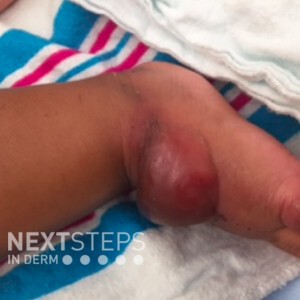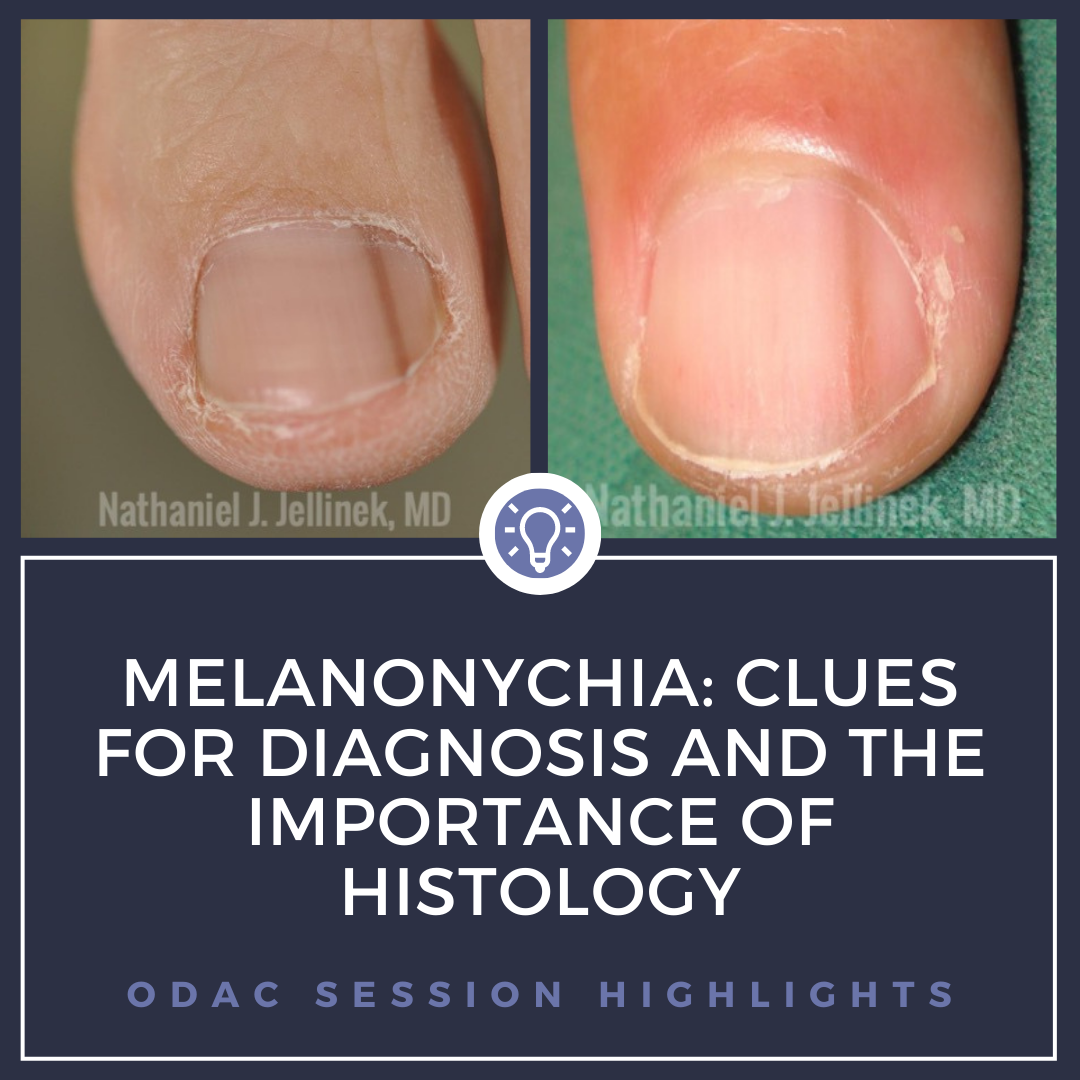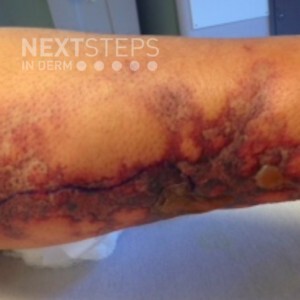A Spectrum of Skin Tones: An Interview with Drs. Vatanchi & Carrington
 Skin of color is often interpreted simply as “non white” when in fact it should be viewed as a variety of hues on a spectrum. It is important for dermatologists to be equipped with the necessary skills to treat an array of skin tones because one finite mistake can cause unfavorable results depending on the amount of pigment in a patient’s skin. I had the pleasure of interviewing Dr. Marjon V …
Skin of color is often interpreted simply as “non white” when in fact it should be viewed as a variety of hues on a spectrum. It is important for dermatologists to be equipped with the necessary skills to treat an array of skin tones because one finite mistake can cause unfavorable results depending on the amount of pigment in a patient’s skin. I had the pleasure of interviewing Dr. Marjon V …
 Skin of color is often interpreted simply as “non white” when in fact it should be viewed as a variety of hues on a spectrum. It is important for dermatologists to be equipped with the necessary skills to treat an array of skin tones because one finite mistake can cause unfavorable results depending on the amount of pigment in a patient’s skin. I had the pleasure of interviewing Dr. Marjon V …
Skin of color is often interpreted simply as “non white” when in fact it should be viewed as a variety of hues on a spectrum. It is important for dermatologists to be equipped with the necessary skills to treat an array of skin tones because one finite mistake can cause unfavorable results depending on the amount of pigment in a patient’s skin. I had the pleasure of interviewing Dr. Marjon V … Continue reading "A Spectrum of Skin Tones: An Interview with Drs. Vatanchi & Carrington"


 A 6-month old infant develops tense blisters on the distal extremities which develop on normal-appearing skin. He has a neurologic disease and has been immobilized for a long period of time. The blisters spontaneously heal within 1-2 weeks. You suspect a diagnosis of coma bullae. Which of the following is the key characteristic histologic feature that would assist you in making this diagnosis? …
A 6-month old infant develops tense blisters on the distal extremities which develop on normal-appearing skin. He has a neurologic disease and has been immobilized for a long period of time. The blisters spontaneously heal within 1-2 weeks. You suspect a diagnosis of coma bullae. Which of the following is the key characteristic histologic feature that would assist you in making this diagnosis? …  Just as pigmented lesions on the skin can vary widely from freckles to lentigines to nevi to melanoma, similar pigmented lesions can be seen in nails. Melanonychia, brown or black pigmentation in the nail plate, can frequently present a diagnostic challenge for the dermatologist. While most causes of melanonychia are benign, it is important to recognize when the diagnosis is malignant or uncerta …
Just as pigmented lesions on the skin can vary widely from freckles to lentigines to nevi to melanoma, similar pigmented lesions can be seen in nails. Melanonychia, brown or black pigmentation in the nail plate, can frequently present a diagnostic challenge for the dermatologist. While most causes of melanonychia are benign, it is important to recognize when the diagnosis is malignant or uncerta …  Broad spectrum tetracyclines are a well-known, widely used, and often successful treatment for use in inflammatory skin pathologies such as acne and rosacea. However, the steady rise of antibiotic resistance and gut dysbiosis associated with broad spectrum tetracyclines emphasizes the importance and responsibility of antibiotic stewardship. Narrow spectrum antibiotics have become increasingly impo …
Broad spectrum tetracyclines are a well-known, widely used, and often successful treatment for use in inflammatory skin pathologies such as acne and rosacea. However, the steady rise of antibiotic resistance and gut dysbiosis associated with broad spectrum tetracyclines emphasizes the importance and responsibility of antibiotic stewardship. Narrow spectrum antibiotics have become increasingly impo …  A 65-year-old female patient presents with poorly demarcated, symmetric, very painful patches of erythema and retiform purpura, favoring the thighs and buttocks. Bullae and a dusky gray discoloration developed, as well as the appearance of ulcerations with black, leathery eschars. A skin biopsy of the affected area is suggestive of calciphylaxis. Shortly after, she dies from secondary infectio …
A 65-year-old female patient presents with poorly demarcated, symmetric, very painful patches of erythema and retiform purpura, favoring the thighs and buttocks. Bullae and a dusky gray discoloration developed, as well as the appearance of ulcerations with black, leathery eschars. A skin biopsy of the affected area is suggestive of calciphylaxis. Shortly after, she dies from secondary infectio …